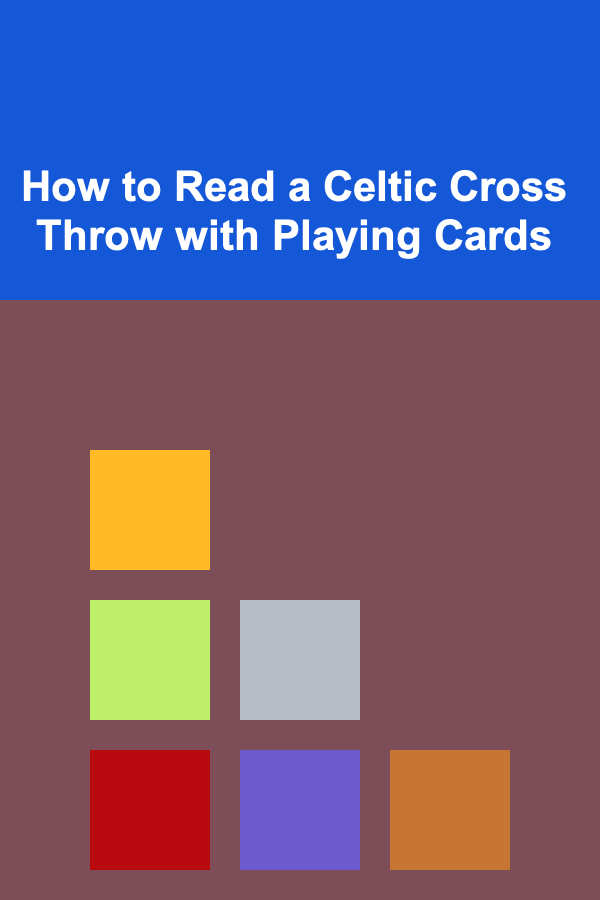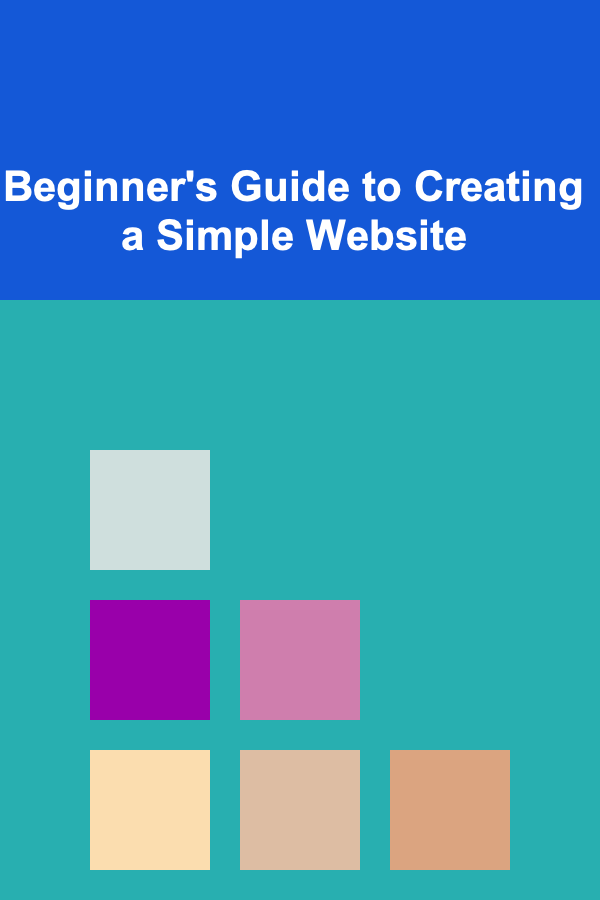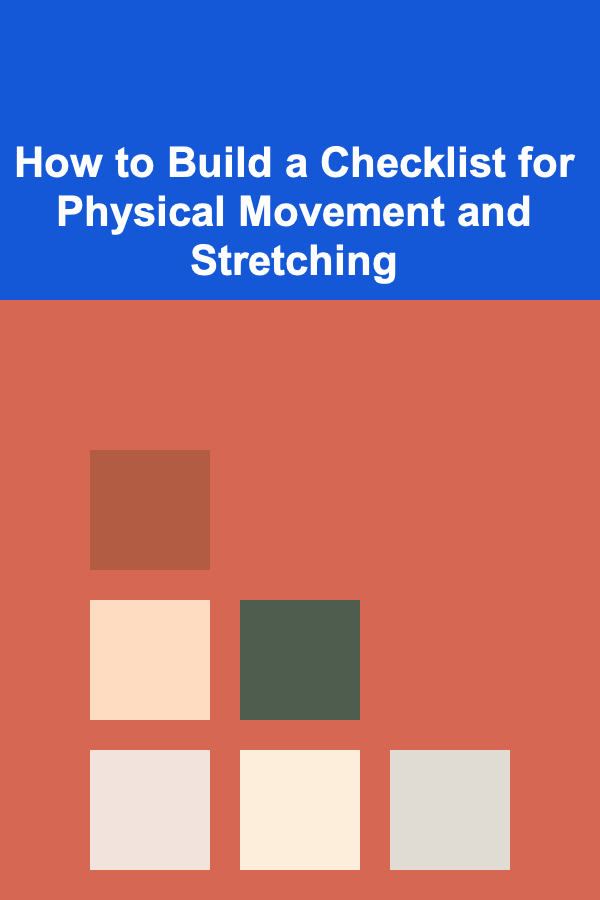
How to Read a Celtic Cross Throw with Playing Cards
ebook include PDF & Audio bundle (Micro Guide)
$12.99$9.99
Limited Time Offer! Order within the next:

The Celtic Cross is one of the most iconic and widely used layouts in Tarot readings, particularly when it comes to offering deep insights into life situations, decisions, and personal development. While Tarot cards are traditionally used for this method, the principles behind the Celtic Cross layout are not confined to Tarot decks. You can use a standard deck of playing cards to perform a Celtic Cross reading with similar effectiveness. In this article, we will explore how to read a Celtic Cross throw using a standard deck of playing cards, explaining the meanings behind each card position, how to interpret the cards, and the overall method of laying out and reading the spread.
The Celtic Cross spread offers a comprehensive view of a person's current situation, challenges, opportunities, past influences, and future outcomes. Its versatility makes it a valuable tool for both beginners and experienced readers. By understanding how to adapt the Celtic Cross spread to a regular deck of playing cards, you can achieve powerful readings that provide clarity and guidance.
Understanding the Celtic Cross Layout
Before diving into the specifics of using playing cards, it's essential to understand the Celtic Cross layout. Traditionally, the Celtic Cross consists of ten card positions arranged in a cross-like shape. These positions are interpreted in a specific sequence to provide a comprehensive understanding of a person's current situation, challenges, and future potential. The spread is usually divided into two sections: the central cross and the staff.
The Central Cross (Positions 1 to 6)
- Card 1 (The Present Situation): This card represents the querent's current situation or the central issue they are facing. It is the focus of the reading.
- Card 2 (The Challenge): This card indicates the challenge, obstacle, or conflict that the querent is facing in relation to the situation represented by Card 1.
- Card 3 (The Past): This card represents past influences, events, or conditions that have led to the present situation. It provides context and background.
- Card 4 (The Future): This card shows what is likely to happen in the near future, based on the current course of events and energies.
- Card 5 (Above or Conscious Influence): This card represents the querent's conscious thoughts, desires, and goals. It can also indicate their current approach to the situation.
- Card 6 (Below or Unconscious Influence): This card represents the unconscious influences at play. These may include hidden feelings, past experiences, or deeper motivations that are affecting the situation.
The Staff (Positions 7 to 10)
- Card 7 (The Querent's Attitude): This card reflects the querent's attitude toward the situation. It shows how they are perceiving or reacting to the issue at hand.
- Card 8 (External Influences): This card indicates the external forces, such as people, events, or environmental factors, that are impacting the querent's situation.
- Card 9 (Hopes and Fears): This card reveals the querent's hopes and fears related to the outcome of the situation.
- Card 10 (The Outcome): This card shows the likely outcome or resolution of the situation, based on the current path.
Adapting the Celtic Cross to a Deck of Playing Cards
A standard deck of playing cards consists of 52 cards, divided into four suits (hearts, diamonds, clubs, and spades) with thirteen ranks (Ace through King). While this is different from a Tarot deck, which typically contains 78 cards, many of the same principles and interpretations can be applied to playing cards, especially when understanding the core meanings associated with each suit and number.
In a Tarot deck, the 22 Major Arcana cards offer profound spiritual messages and overarching themes. In a deck of playing cards, the Major Arcana correspond to the Jokers. The numbered and face cards (Ace through King) in each suit represent different aspects of life and personality, which we'll explore in more detail.
The Suits
- Hearts (Cups in Tarot): This suit corresponds to emotions, relationships, and matters of the heart. It reflects the querent's emotional state, relationships, love, and intuition.
- Diamonds (Pentacles in Tarot): This suit deals with material wealth, career, health, and physical possessions. It focuses on the practical aspects of life and the pursuit of success or stability.
- Clubs (Wands in Tarot): Clubs represent action, creativity, ambition, and personal development. It is often associated with energy, growth, and progress.
- Spades (Swords in Tarot): Spades are associated with the mind, thoughts, intellect, communication, and conflict. This suit represents challenges, conflicts, and the mental realm.
The Numbered Cards
The numbered cards (Ace to 10) can represent different stages of development, challenges, and energies depending on their position in the spread.
- Ace (1): Represents new beginnings, opportunities, and potential.
- 2: Choices, balance, or partnerships.
- 3: Growth, expansion, or cooperation.
- 4: Stability, foundation, and structure.
- 5: Change, conflict, or challenge.
- 6: Harmony, resolution, or movement forward.
- 7: Reflection, introspection, or spiritual development.
- 8: Power, action, or significant change.
- 9: Completion, fulfillment, or attainment.
- 10: Endings, closure, or culmination.
The Face Cards
The face cards (Jack, Queen, and King) represent people or influential figures, often reflecting specific energies or roles in the querent's life.
- Jack: Represents youthful energy, messages, or the querent's inner child.
- Queen: Represents feminine energy, intuition, and nurturing qualities.
- King: Represents authority, leadership, and masculine energy.
Performing a Celtic Cross Throw with Playing Cards
Now that we have the basic understanding of how playing cards correspond to the Tarot's symbolism, let's walk through the process of performing a Celtic Cross reading with a deck of playing cards.
Step 1: Preparing for the Reading
Before starting the throw, take a few moments to center yourself and focus on the querent's question or situation. Shuffle the deck thoroughly, allowing the energy of the querent and their question to be absorbed by the cards. As you shuffle, encourage the querent to think about their question or situation and mentally prepare for the reading.
Once the deck is shuffled, cut it into three piles, and then draw ten cards from the top of the deck to lay them out in the Celtic Cross formation.
Step 2: Laying Out the Cards
Lay the ten cards in the traditional Celtic Cross formation. The central cross consists of six cards, followed by four cards to the right (the staff). Here's the layout:
2 3 4 5 6
7 8 9 10
- Card 1 (Present Situation) goes in the center of the spread.
- Card 2 (Challenge) is placed horizontally over Card 1.
- Card 3 (Past Influence) is placed to the left of Card 1.
- Card 4 (Future Influence) is placed to the right of Card 1.
- Card 5 (Conscious Influence) is placed above Card 1.
- Card 6 (Unconscious Influence) is placed below Card 1.
- Card 7 (Querent's Attitude) is placed below the cross to the left.
- Card 8 (External Influences) is placed below Card 7.
- Card 9 (Hopes and Fears) is placed below Card 8.
- Card 10 (Outcome) is placed below Card 9.
Step 3: Interpreting the Cards
Now that the cards are laid out, begin interpreting each card in the spread. For each position, interpret the card based on the meaning of the suit and number, along with the placement in the spread. Here's how to approach each card's interpretation:
- Card 1 (Present Situation): Reflect on the current energies surrounding the querent's situation. This card gives you the central theme or issue at hand.
- Card 2 (Challenge): Consider what obstacles or difficulties are in the querent's path. This card reflects the main challenge they face.
- Card 3 (Past Influence): Analyze past events, people, or conditions that have led to the current situation. How does the past affect the present?
- Card 4 (Future Influence): Look at potential outcomes or events in the near future. This card gives insight into what's to come.
- Card 5 (Conscious Influence): This card shows what the querent is consciously aware of and focusing on. It may reveal their desires, goals, and actions.
- Card 6 (Unconscious Influence): This position reveals what is hidden or influencing the situation at a deeper level. These influences are often outside of the querent's immediate awareness.
- Card 7 (Querent's Attitude): Examine the querent's perspective, thoughts, and feelings about the situation. This card reveals their current approach and mindset.
- Card 8 (External Influences): This card shows how outside forces, such as other people, events, or circumstances, are affecting the situation.
- Card 9 (Hopes and Fears): The querent's inner hopes and fears about the outcome of the situation are reflected in this card. It represents their emotional investment and concerns.
- Card 10 (Outcome): Finally, look at the likely outcome of the situation based on the current course of events. This card represents the end result or resolution.
Step 4: Synthesizing the Reading
Once you've interpreted all ten cards individually, it's important to synthesize the entire spread. Consider how the cards interact with each other, how their meanings might overlap, and how they tell a cohesive story. Pay special attention to patterns or repeated suits and numbers, as these can provide further insight.
Conclusion
Using a standard deck of playing cards for a Celtic Cross reading is a powerful way to access deep insights into any situation. By understanding the meanings of the suits, numbers, and court cards, you can create a thorough and detailed reading that provides valuable guidance. Whether you are a beginner or an experienced reader, the Celtic Cross throw with playing cards offers a versatile and reliable tool for intuitive divination. With practice, you'll be able to refine your skills and offer clear, thoughtful readings that resonate with querents and help them find clarity and direction in their lives.
Reading More From Our Other Websites
- [Biking 101] The Ultimate Guide to Bike Races: Training, Strategy, and Equipment
- [Home Maintenance 101] How to Maintain Your Home's Security System for Optimal Protection
- [Home Security 101] How to Install and Use the Best Video Doorbell Camera for Real-Time Security
- [Home Space Saving 101] How to Save Space in Your Dining Area with Compact Furniture
- [Home Space Saving 101] How to Utilize Under Bed Storage for a Clutter-Free Bedroom
- [Home Security 101] How to Prepare Your Home for a Long Absence
- [Personal Investment 101] How to Sell Pre-Trained Deep Learning Models for Profit
- [Home Pet Care 101] How to Build a DIY Dog Agility Course at Home
- [Personal Financial Planning 101] How to Create a Budget That Actually Works: A Practical Approach
- [Home Lighting 101] How to Choose the Right Lighting Fixture Materials for Different Room Styles

Beginner's Guide to Creating a Simple Website
Read More
How to Build a Checklist for Physical Movement and Stretching
Read More
How to Organize Your Tea and Coffee Supplies
Read More
How to Save on Laundry and Cleaning Expenses: Simple Strategies for Every Home
Read More
The Art of Customer Service in Retail: A Guide for Retail Managers
Read More
How to Make More Money: A Comprehensive Guide
Read MoreOther Products

Beginner's Guide to Creating a Simple Website
Read More
How to Build a Checklist for Physical Movement and Stretching
Read More
How to Organize Your Tea and Coffee Supplies
Read More
How to Save on Laundry and Cleaning Expenses: Simple Strategies for Every Home
Read More
The Art of Customer Service in Retail: A Guide for Retail Managers
Read More